In 2006, Stanford professor and psychologist, Carol Dweck, published her book, Mindset: The New Psychology of Success, that detailed the differences between a fixed mindset and a growth mindset. Jo Boaler, a Professor at Stanford in California did extensive work with students and published additional materials. I have been fortunate to take classes with Dr. Boaler and to hear both of them at conferences.
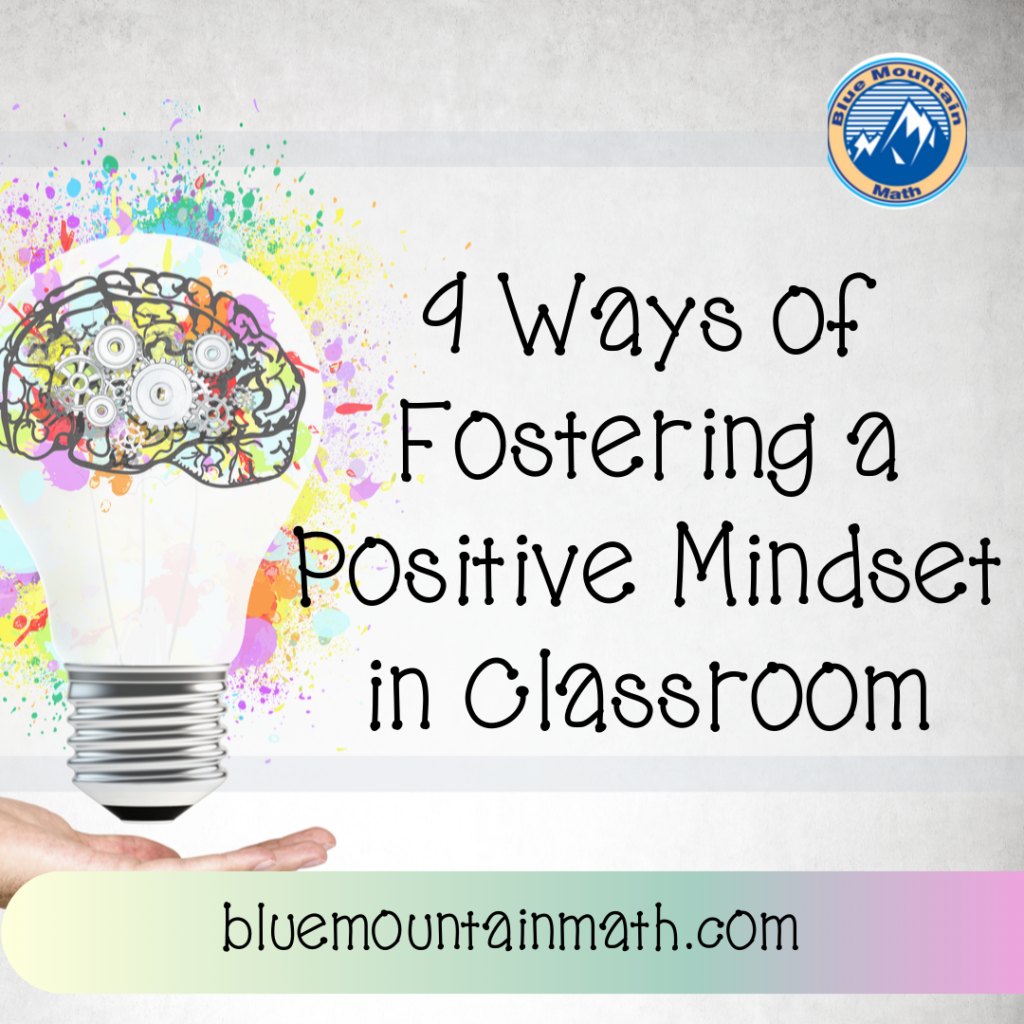
Individuals with a fixed mindset believe that they are born with talent, or they aren’t. They avoid those things that they believe they lack the ability to be successful. Individuals the possess a growth mindset, think that their ability comes from their efforts and focus on developing themselves.
Applications to the Classroom
This so applies to the classroom and how students believe they can learn—especially in math. I have students tell me they “can’t do math”, have “never been good” at school and so on. It is very sad, but once you have a parent conference you hear their parents say: “He/She takes after me, I have never been able to do math”. And then you understand where the student received their attitude.
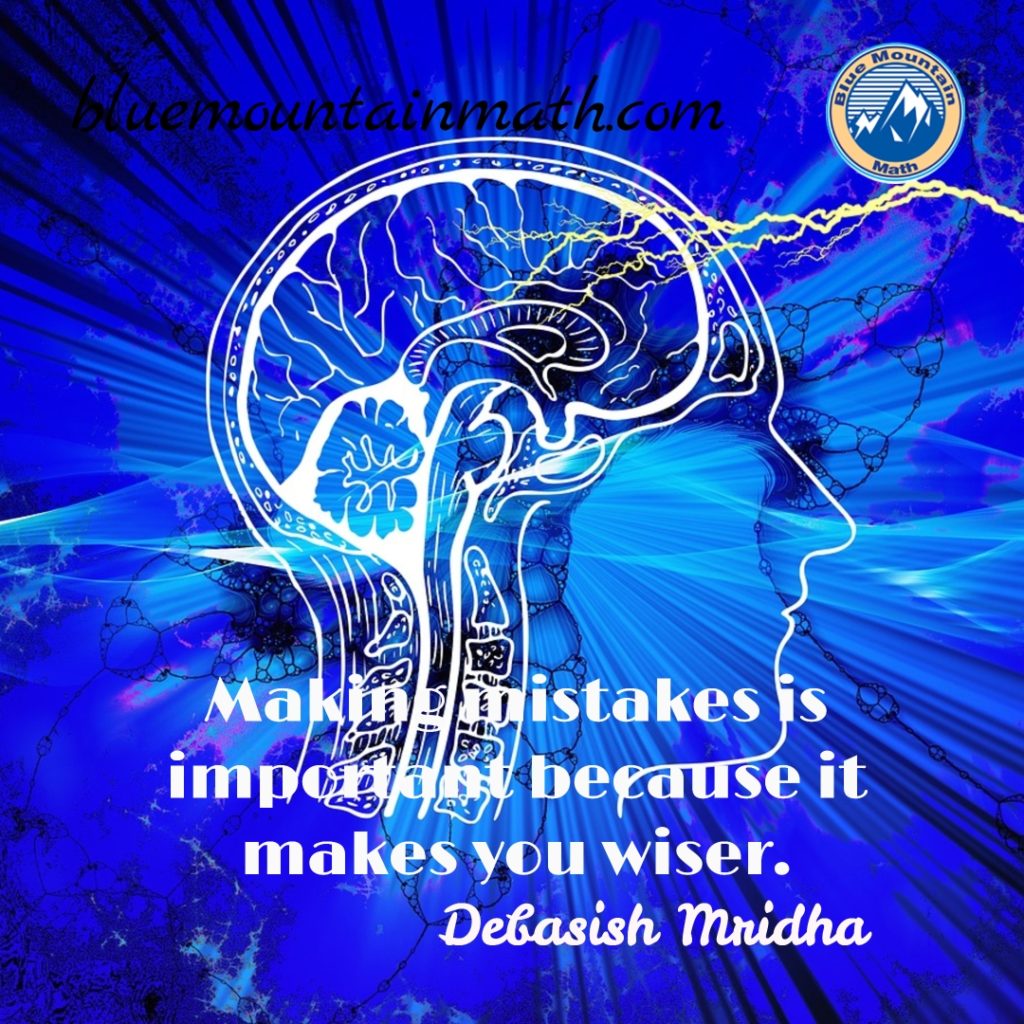
I recently had a student who had struggled with the current lesson ask to speak with me after class. He said he really needed extra help. When I responded it was just the first day of the lesson and we would add to it tomorrow he said “Everyone in the room understands but me”.
It was not the reality, but for him it was true. And I must admit, I often feel the same way. Even though I often embrace challenge, I have recently noticed that I tell myself limiting beliefs as well. Other teachers are “smarter”, have “natural talent”, etc. This may be true, but it does not mean that I or anyone else is not able to develop those talents.
Here are some ways we can help students develop a growth mindset in the classroom:
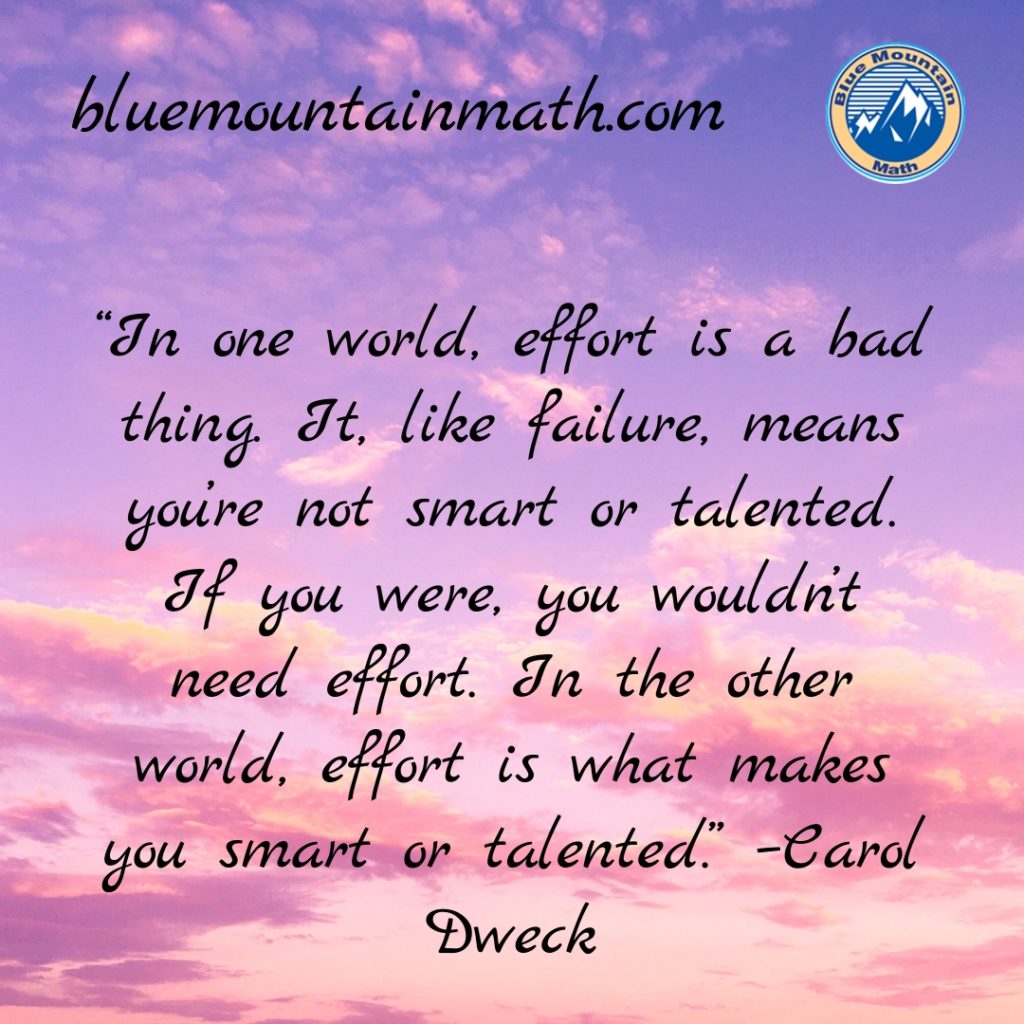
Effort is More Important that Intelligence
1. Avoid using the words “smart” to students. Instead talk about working harder, praise effort and perserverance. Acknowledge the struggle and explain that it takes effort to achieve anything. Research has shown that the IQ, which we once thought was fixed can grow throughout your life—if you let it. The mind is a powerful thing.
Embrace Multiple Strategies
2. Students need more than one way to engage with the material. For some students, taking notes and rote practice is sufficient (a small % of students and they are usually the A students). For most other students, they need games, talking with others, group activities, partner activities, games, projects, sorting cards and puzzles.
Each student will gain understanding from each of the activities. If you use formative assessments in the classroom you can identify those activities that have the most impact.
Questions and Explanations
3. When I walk around the room and look at student work, I use my teacher-poker face. Instead of saying right/wrong I ask questions. “How do you know this is right?” “How did you get this answer?” “How can you explain this to a new student?” Students are not used to explaining their thinking.
When the emphasis is on the explanation and not the answer, students learn to generalize their thinking. And even though we are 12 weeks into the new year, this is something we are still working one. They are afraid to have the wrong answer and when asked to explain, they freeze. Students need a lot of practice.
Using Quick Writes
4. My exit tickets often ask students to explain something they have learn, something they have found difficult or an obstacle they have overcome. Writing in the math classroom is important. Reading and writing skills are directly related to success in the math classroom. Students who read and write well will achieve at greater levels, but students do always come to our class with those skills.
Understanding students need literacy skills to improve numeracy skills makes it easier to implement some strategies that have students reading and writing. One way to do this is present students with a diagram and ask them to create a story that fits.
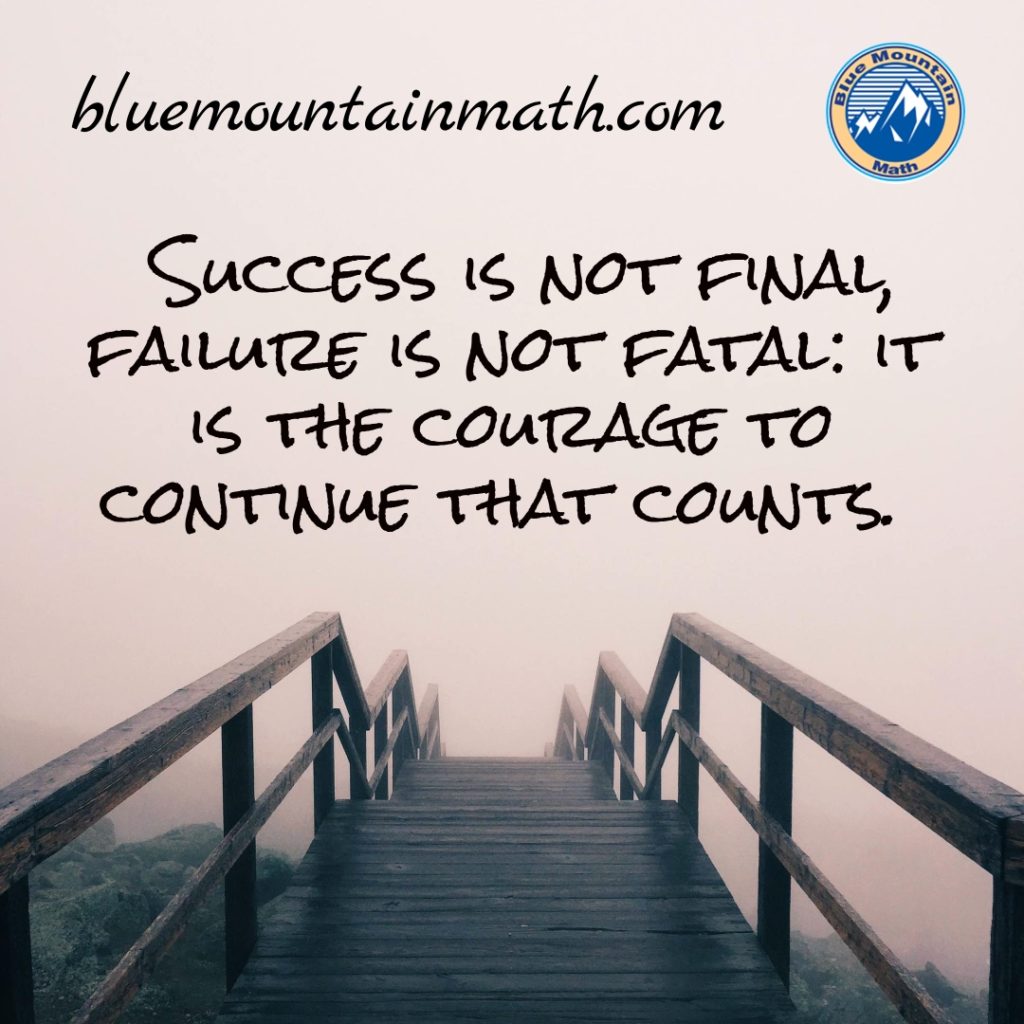
Quiz / Test Scores
5. Many of my colleagues believe that a quiz or test reveals how much students know and their grade should be calculated based on this. And if they fail, they fail. However, if you believe that learning is a continuous journey then the test or quiz is not the end (and it should not be).
At the beginning of the year when I do not know my students, the entire class will retake a quiz or test when the average score is low. That is on me. If all my students are not performing, then I did a poor job of explaining and provided insufficient practice to master the concepts. Maybe the assessment was poor.
At this point in the year, my quiz scores average the same, though some students may be higher at times and lower other times. That means a student did not prepare, so individuals can do their retakes at convenient times. Students need to understand that grades/ tests are snapshots of understanding and as they learn more and they improve, their grade should reflect this.
Feedback Models
6. I use a variety of online tools in Geometry. Once activity was desmos which shares the explanations that students write. I can select one explanation to share with the class. Students get to see models of what good answers look like so they can extend their own thinking.
I often tell new teachers to give students sentence stems to use. Sometimes the most difficult part of explanations is getting started. So a sentence stem will help.
Examples:
The most difficult part of the problem was ….
One way I can prove the answer is correct is …
Three things I learned from this assignment is …
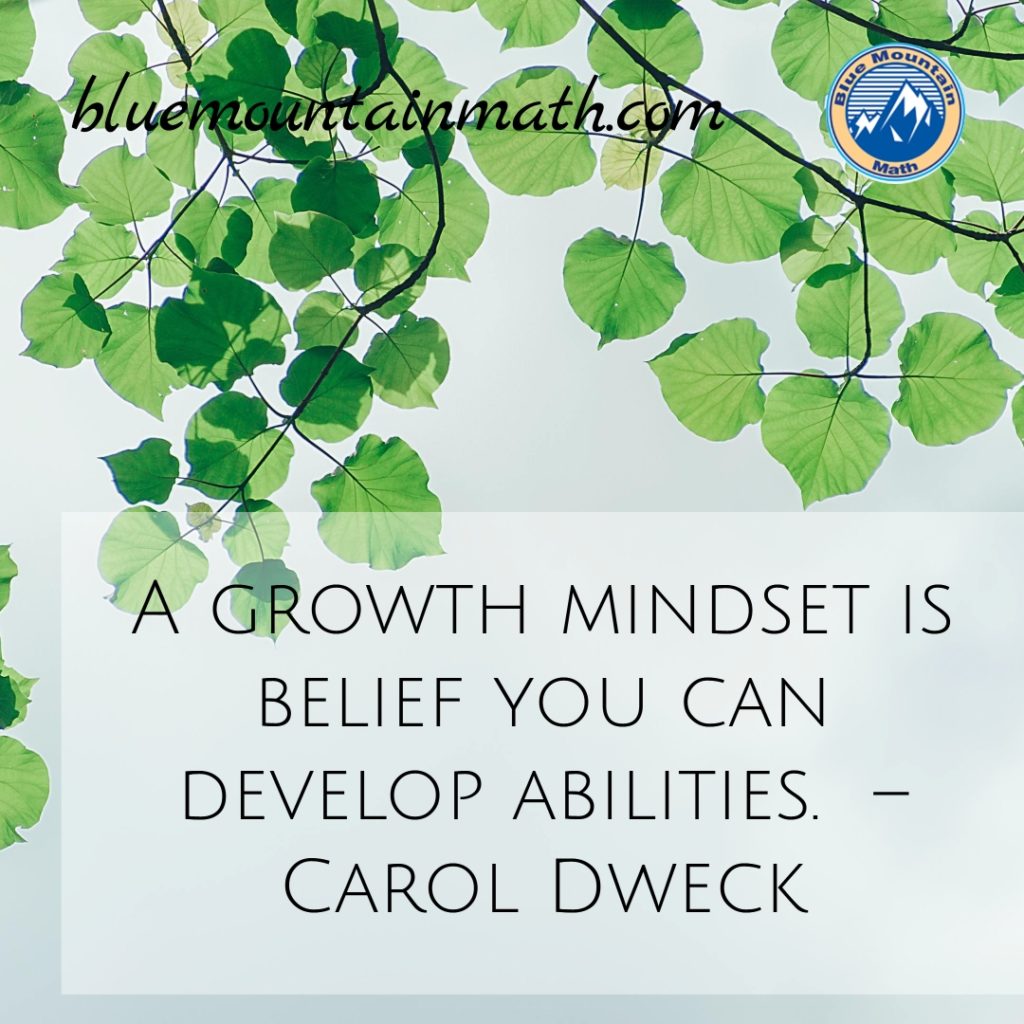
Modeling Growth Mindset
7. Students need to understand and believe that all of us are learning. When I first started teaching, a student saw me at the grocery store and was shocked. They wanted to know what I was DOING there. Students have odd beliefs about their teachers. They think that math teachers were born knowing math and never had to learn anything.
One way to do this is to talk about what we are learning and model that growth mindset no matter what our age. I was telling students how I just learned to use Photoshop to create scrapbook paper over the summer. They wanted to know if I would show them and I promised to do so. Having an adult talk about learning experiences shows that none of us know it all.
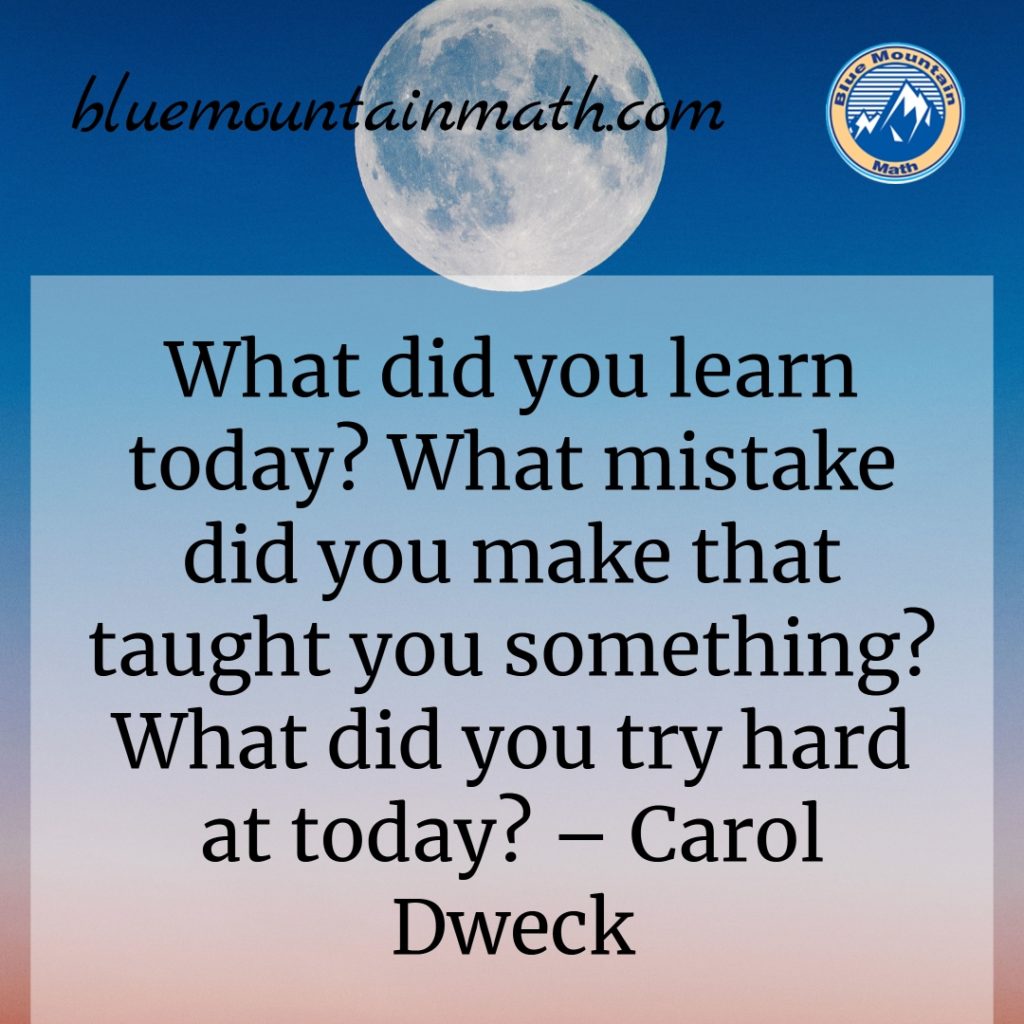
Have Students Point Out Our Mistakes
8. Students are terrified to make mistakes. One way to help lessen this fear is to make mistakes and have students point them out. Sometimes I deliberately make a mistake on the board and ask students to explain my steps (Ok, and sometimes those mistake are just that, lol). At first, they were afraid to point it out. One brave soul did and I praise his excellent detective skills.
Some days I count the mistake I make and write it on the board. Anything we can do to make mistakes seem normal is good for students. Embracing our own mistakes makes their mistakes seem less important.
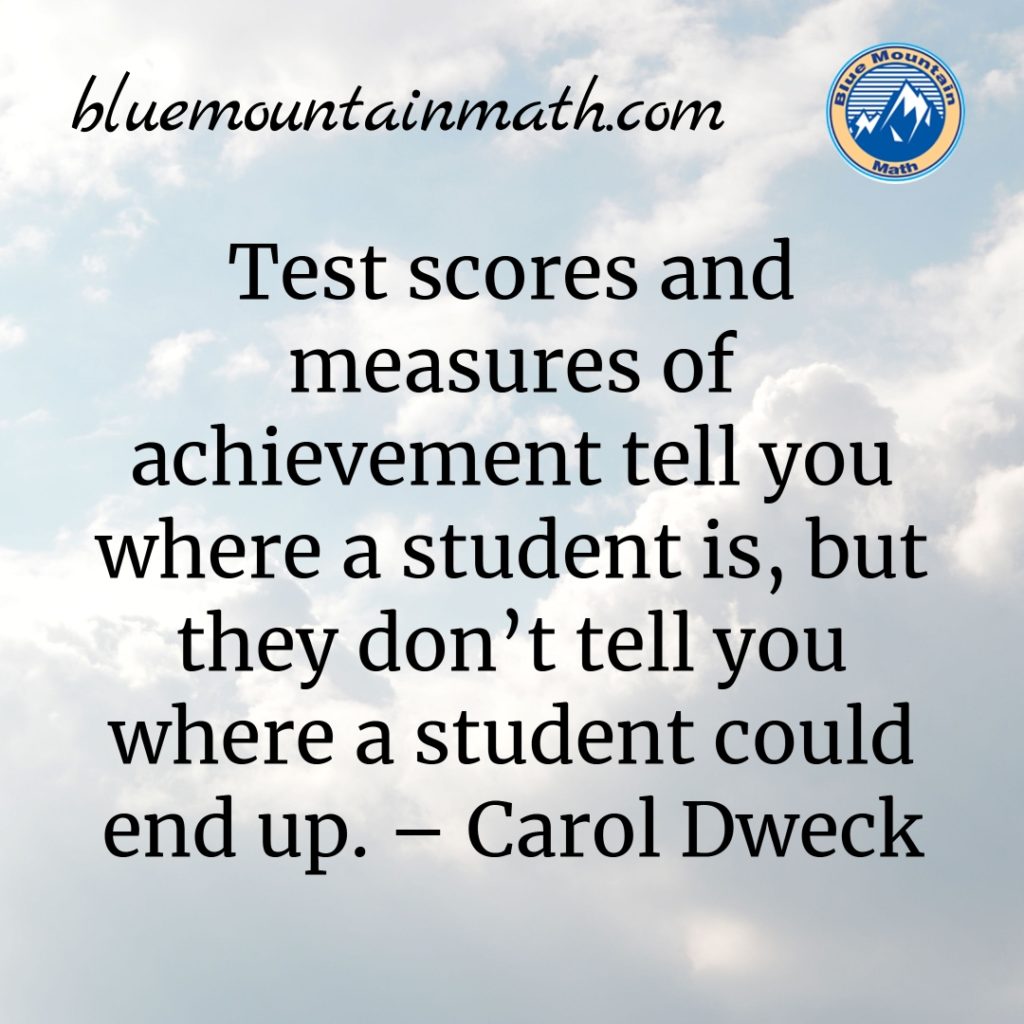
Goals and Reflecting
9. At the beginning of the school year and the beginning of the new calendar year, I have students write goals of what they want to work on for the semester. We hang them up (names on the back) and review our goals monthly to see how we are doing. Having students set goals for themselves and see their progress keeps them moving forward.
I hang up my goals too. One of my goals this year was to have students do more explaining and reflections in the classroom. Another goal was to increase the formative assessment strategies I am using. I have already notice the improvement in my students. Helping students improve their mindset is not an easy task. It takes time and effort to help them improve their thinking and keep pushing them to make progress. However, when you have students who begin succeeding when they thought they were incapable, it is all worthwhile.










Leave a Reply